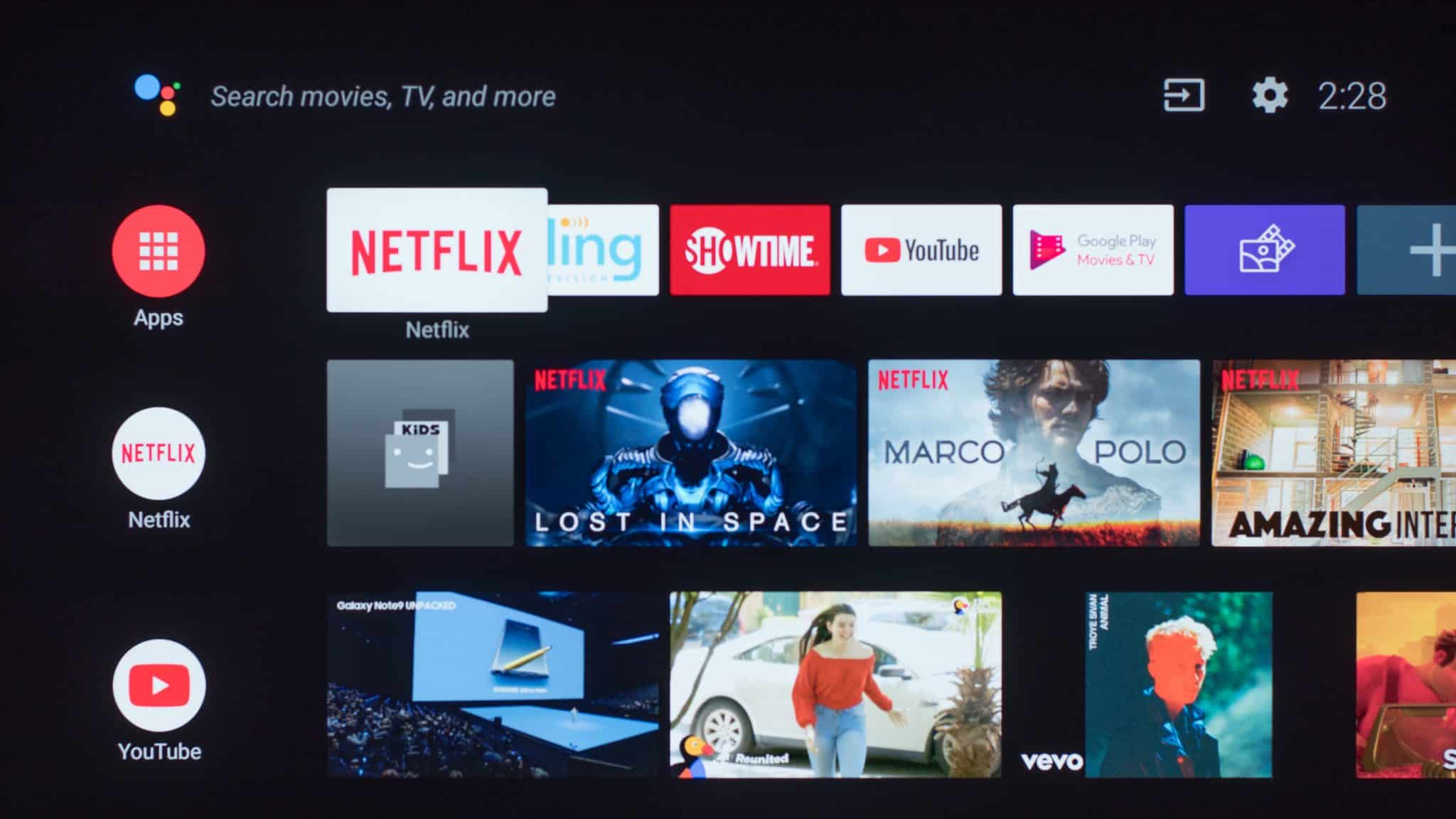OTT
Content regulation through state intervention not conducive for OTT platforms and consumers
In the wake of OTT platforms coming under the ambit of the I&B Ministry for regulation, a stakeholder consultation has brought to the fore that exisiting laws of the land already cover the need for legal tools to regulate OTT platforms.
The Dialogue, a New Delhi-based independent think tank, held a virtual stakeholder consultation on ‘Content Regulation of OTT platforms’. The primary objective of the consultation was to understand the views of various stakeholders when it comes to the regulation of this sector, and drive into the discourse surrounding optimal legislative practices in the sector.
Aman Taneja, a senior associate at Ikigai Law, questioned the move. “There is a lot of talk about how Over-the-Top platform services) and the same has been tackled by submissions of the MeitY itself, where they state that these platforms are regulated under the Information Technology Act and additionally under the Indian Penal Code, covering content that is obscene, defamatory, and hate speech etc.,” he said. “Thus, existing laws of the land already cover the need for legal tools to regulate OTT platforms.”
Dilip Cherian, member of the Board of Governors of the Advertising Standard Council of India (ASCI) who is also a distinguished policy and political consultant, recommended that self-regulation should be encouraged. “As a business analyst, (strict content regulation through intervention of state) this will result in the gradual destruction of the emerging award-winning talent,” he said. “We need to make sure that this regulation does not choke the growth.” Cherian pointed out that long-term effects of such a move could result in India suffering a major slowdown in business viability and overall influx foreign investment in the sector.
The panelist discussed the feasibility of such a move, considering the Indian context, especially highlighting the key challenges that the sector is likely to be faced with. As such, Taneja said it is important to understand why we want to do it. The speakers were of the opinion that in the current enabling ecosystem, OTT content has effectively been able to rapidly grow its reach and offer news and entertainment across the country. This is a relevant factor considering the ongoing COVID-19 pandemic. In this regard, the consumers have always been put first, as such, the government notification has given rise to a lot of questions. The most fundamental question is whether state intervention is necessary in itself.
Shefali Mehta, research and engagement coordinator at The Dialogue, said considering that online content on such platforms is more pull content than push content with an overbearing element of the user exercising discretion and that state intervention already exists through the Constitution and established laws, a self-regulatory model would be a better fit. Cherian pointed out that the level of hypersensitivity that we have allowed to creep up and give legitimacy in these areas has led to a complaint against almost every single film and TV show. “A complaint based system won’t be as easy to put into place today when you have built up an ecosystem of “find-me-a-cause-and-I’ll-give-you-a-protestor” – micro-mobbing in terms of micro issues will lead to complete paralysis.”
Also Read: OTT platforms and digital news platforms fall under I&B Ministry now
The panelists higlighted countries such as Australia and Thailand that are working towards creating a regulatory regime which will bridge the gap between existing laws to regulate OTT platforms and also offline platforms. Then there is Singapore and the United Kingdom which want to bring some forms of regulation with the primary intention of protecting citizens from divisive and harmful content.
Mehta highlighted that Netflix as a platform invested its resources and developed a ‘Netflix Tool’, a unique algorithm that assesses content and generates a rating and consumer advice for Australian viewers, in line with the Australian community standards and decisions of their Classification Board. She said this is another manner in which content can be regulated once the intention behind regulation is clear.
Overall, an overarching consensus of the discussion seemed to be that the main agenda of the government and stakeholders moving forward should be to actively engage and work together to build a progressive and effective regulatory framework which does not curtail growth.










































Pingback: More entertaining times ahead as home grown apps' popularity, user base surge | The Plunge Daily